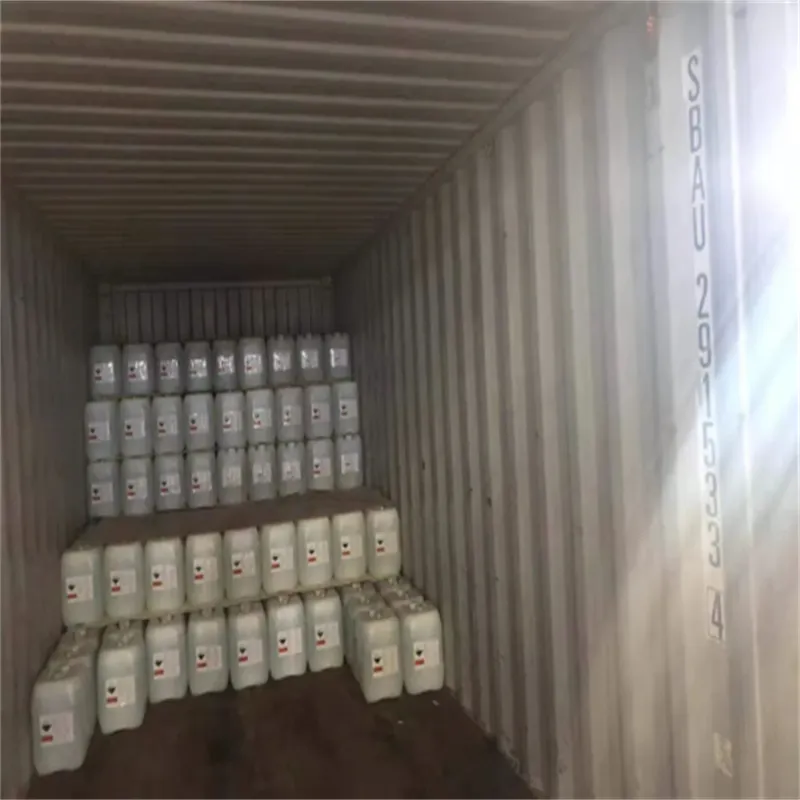Warning: Undefined array key "file" in /home/www/wwwroot/HTML/www.exportstart.com/wp-content/themes/1198/header.php on line 7
Warning: Undefined array key "title" in /home/www/wwwroot/HTML/www.exportstart.com/wp-content/themes/1198/header.php on line 7
Warning: Undefined array key "title" in /home/www/wwwroot/HTML/www.exportstart.com/wp-content/themes/1198/header.php on line 7
- Afrikaans
- Albanian
- Amharic
- Arabic
- Armenian
- Azerbaijani
- Basque
- Belarusian
- Bengali
- Bosnian
- Bulgarian
- Catalan
- Cebuano
- China
- China (Taiwan)
- Corsican
- Croatian
- Czech
- Danish
- Dutch
- English
- Esperanto
- Estonian
- Finnish
- French
- Frisian
- Galician
- Georgian
- German
- Greek
- Gujarati
- Haitian Creole
- hausa
- hawaiian
- Hebrew
- Hindi
- Miao
- Hungarian
- Icelandic
- igbo
- Indonesian
- irish
- Italian
- Japanese
- Javanese
- Kannada
- kazakh
- Khmer
- Rwandese
- Korean
- Kurdish
- Kyrgyz
- Lao
- Latin
- Latvian
- Lithuanian
- Luxembourgish
- Macedonian
- Malgashi
- Malay
- Malayalam
- Maltese
- Maori
- Marathi
- Mongolian
- Myanmar
- Nepali
- Norwegian
- Norwegian
- Occitan
- Pashto
- Persian
- Polish
- Portuguese
- Punjabi
- Romanian
- Russian
- Samoan
- Scottish Gaelic
- Serbian
- Sesotho
- Shona
- Sindhi
- Sinhala
- Slovak
- Slovenian
- Somali
- Spanish
- Sundanese
- Swahili
- Swedish
- Tagalog
- Tajik
- Tamil
- Tatar
- Telugu
- Thai
- Turkish
- Turkmen
- Ukrainian
- Urdu
- Uighur
- Uzbek
- Vietnamese
- Welsh
- Bantu
- Yiddish
- Yoruba
- Zulu
ліп . 22, 2024 01:35 Back to list
Exploring the Properties and Uses of Propylene Glycol and Dipropylene Glycol in Various Industries
Understanding Propylene Glycol and Dipropylene Glycol Uses, Properties, and Safety
Propylene glycol and dipropylene glycol are versatile compounds widely used across various industries, including food, pharmaceuticals, cosmetics, and manufacturing. Their unique properties make them indispensable in formulations ranging from food additives to solvents and humectants. This article delves into the characteristics, applications, and safety aspects of these two glycols.
What are Propylene Glycol and Dipropylene Glycol?
Propylene glycol (PG), or propane-1,2-diol, is a synthetic organic compound categorized as a diol or glycol. It is a colorless, odorless, and tasteless liquid that is hygroscopic, meaning it can attract and retain moisture. Dipropylene glycol (DPG) is a higher molecular weight derivative of propylene glycol, resulting from the condensation of two propylene glycol molecules. It shares many properties with PG but has slightly different physical and chemical characteristics, including higher viscosity and a lower volatility.
Common Uses
Both propylene glycol and dipropylene glycol serve a variety of functions across multiple sectors
1. Food Industry PG is commonly used as a food additive (E1520) to retain moisture, enhance texture, and act as a solvent for food colorings and flavors. DPG, although less common in food applications, may still be utilized in specific formulations that require its unique properties.
propylene glycol and dipropylene glycol

2. Pharmaceuticals In the pharmaceutical world, PG is often employed as a solvent for drugs, particularly for oral, topical, and injectable formulations. Its ability to enhance solubility makes it ideal for use in medications, while DPG can be found in certain formulations requiring a viscous medium.
3. Cosmetics and Personal Care Both glycols are prominent in the cosmetics industry, serving as humectants, solvents, and emollients. They help prevent products from drying out, providing moisture retention and improving the skin feel of creams, lotions, and other personal care items.
4. Industrial Applications In manufacturing, these glycols are used as antifreeze agents, differential fluid formulations, and in heating and cooling systems due to their low toxicity and efficient thermal properties. They also play a significant role in the production of plastics, resins, and other specialty chemicals.
Safety and Regulatory Status
The safety of propylene glycol and dipropylene glycol has been evaluated by several regulatory bodies, including the U.S. Food and Drug Administration (FDA), which recognizes PG as generally recognized as safe (GRAS) when used appropriately in food and pharmaceuticals. Similarly, DPG is considered safe for use in various applications, though it is essential to adhere to recommended guidelines to minimize exposure. Both compounds are biodegradable, which adds to their appeal in industries seeking sustainable practices.
Conclusion
In summary, propylene glycol and dipropylene glycol are essential compounds that significantly contribute to numerous industries due to their multifunctional properties. Their ability to act as humectants, solvents, and emollients makes them valuable in food, pharmaceuticals, cosmetics, and industrial applications. As consumer awareness regarding product safety and environmental impact continues to rise, the demand for safe and effective ingredients like PG and DPG will likely grow. By understanding their uses and safety profiles, manufacturers can harness the full potential of these versatile glycols while meeting consumer expectations.
Latest news
-
2025 European Fine Chemicals Exhibition in Germany
NewsMay.13,2025
-
2025 New York Cosmetics Ingredients Exhibition
NewsMay.07,2025
-
Zibo will host the 2025 International Chemical Expo
NewsApr.27,2025
-
2025 Yokohama Cosmetics Raw Materials and Technology Exhibition
NewsApr.22,2025
-
2025 India Mumbai Fine Chemicals Exhibition
NewsApr.18,2025
-
Nanjing will host the 2025 Yangtze River Delta International Chemical Industry Expo and the National Chemical Industry Conference
NewsApr.15,2025

